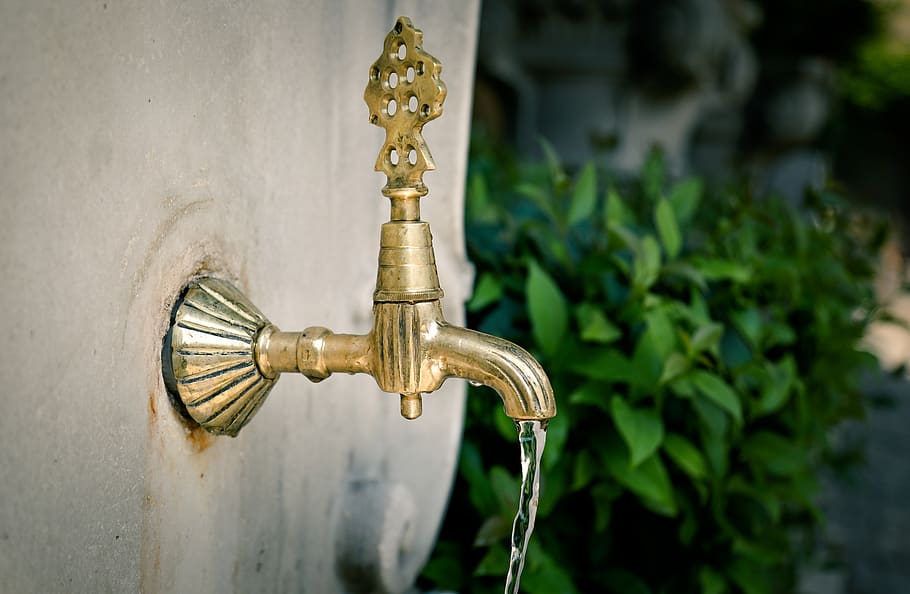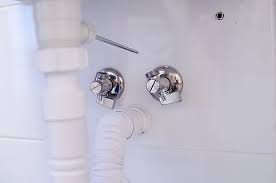
Water is a precious resource that we often take for granted, but its conservation is becoming increasingly vital in our rapidly changing world. One of the areas where we can significantly contribute to water conservation is in our own homes, and a critical element of this effort is proper maintenance of toilet shut-off valves. These small devices play a big role in safeguarding water and preventing leaks, both of which are essential for sustainable living. In this blog, we’ll dive into the importance of toilet shut-off valves, their maintenance, and how they contribute to water conservation.
Understanding Toilet Shut-Off Valves
A toilet shut-off valve, also known as a toilet supply valve or a toilet stop valve, is a simple but crucial component in your bathroom plumbing. This valve controls the water flow to your toilet tank. It’s usually located on the wall behind or next to the toilet, and it’s designed to be easily accessible for quick shut-off in case of emergencies or repairs.
Importance of Toilet Shut-Off Valves
- Preventing Leaks: One of the primary functions of a toilet shut-off valve is to control the flow of water to the toilet tank. If your toilet’s internal components malfunction, such as the fill valve or the flapper, having a functional shut-off valve can prevent continuous water wastage due to a leak.
- Emergency Situations: In the event of a leak or a sudden malfunction of the toilet, being able to shut off the water supply quickly can prevent water damage to your bathroom and the surrounding areas.
- Maintenance and Repairs: Shutting off the water supply to the toilet is essential when performing maintenance or repairs. This not only prevents water wastage but also ensures your safety by minimizing the risk of accidents.
- Water Conservation: A functional shut-off valve contributes to water conservation by ensuring that your toilet doesn’t run excessively due to internal leaks. This helps you save on your water bills and reduces unnecessary strain on local water resources.
Maintenance Tips for Toilet Shut-Off Valves
Regular maintenance of toilet shut-off valves is key to ensuring their effectiveness and longevity. Here are some essential tips:
- Periodic Operation: Turn the valve on and off a few times every few months to prevent it from getting stuck due to mineral buildup.
- Visual Inspection: Check for any signs of corrosion, rust, or damage to the valve. If you notice any issues, consider replacing the valve promptly.
- Drip Check: If you notice any dripping water from the shut-off valve even when it’s fully closed, it’s a sign of a potential leak. Address this issue as soon as possible to prevent water wastage.
- Emergency Preparedness: Educate all household members about the location of the shut-off valve and how to operate it. This knowledge can be invaluable in case of a sudden leak or plumbing emergency.
- Professional Inspection: Consider including the shut-off valve in your regular plumbing inspections performed by professionals. They can identify and address any issues that might not be immediately visible.






